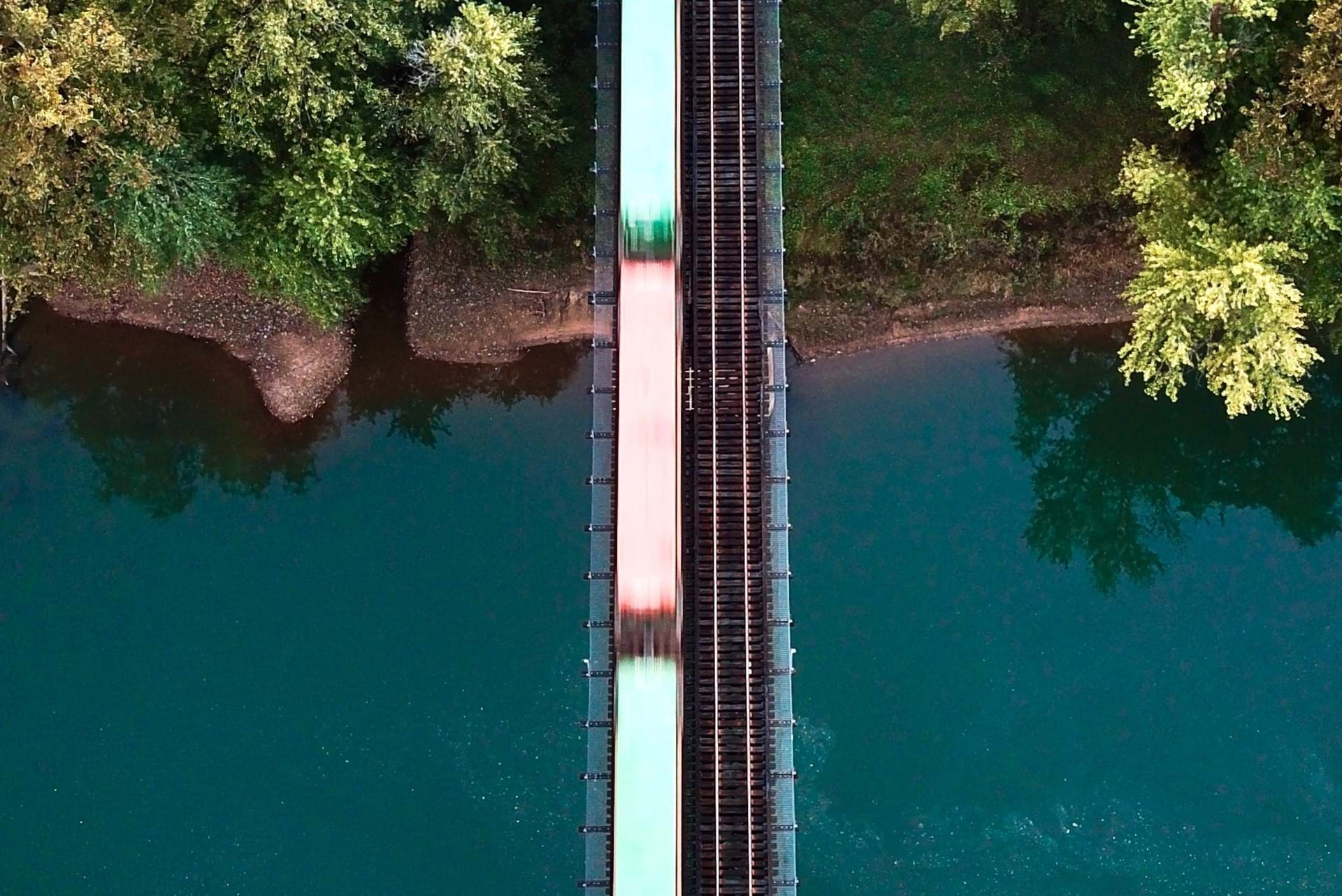
The PIER and Washington Maritime Blue redefine inventive thinking
InnovationThe increasingly complex, integrated and rapidly evolving technologies necessary to maximize transportation’s efficiencies as part of a zero-carbon future are changing the very essence of how innovation is being approached. The PIER (Port Innovation, Engagement and Research) living lab set up by the Port of Halifax, a Green Marine participant, and the incubator and accelerator programs offered by Washington Maritime Blue, a Green Marine association member, are prime examples of the achievements possible with stakeholder synergy.
A new AI platform developed and tested at the PIER won the 2023 International Association of Ports and Harbours (IAPH) Digitalization Award in early November, showcasing the collaborative innovation taking place to improve the global maritime supply chain.
The Halifax Port Authority partnered with BlueNode Inc., PSA Global, Port Saint John, Canada’s Ocean Supercluster and Sentient Hubs to create the AI platform to identify in near real-time the carbon emissions by container and by cargo tonne.
Having this data will help to collectively identify where investments can be made to more rapidly drive down carbon emissions, specifically in shipping corridors
The Data Enhancement Framework 2 (DEF2) project fits with the PIER’s mission to test solutions in an operating waterside and landside port environment with the goals of making the maritime supply chain more efficient, visible, resilient and sustainable to all relevant stakeholders.
A number of the PIER’s 50-plus members are focused on supply chain decarbonization with projects ranging from other data-driven solutions to marine electrification to hydrogen production/management. For example, Integrative Nanotech is a Halifax-based start-up focused on producing next-generation hydrogen leak sensors that are both more sensitive and affordable. Glas Ocean Electric, also based in Halifax, has received major funding to scale up its electric hybrid drive system for workboats.

Other initiatives have focused on strengthening the interconnectedness between a port city and its community to improve its economic, social, and environmental sustainability.
Projects often start with a founding or industry member clearly stating a problem. The founding and industry members serving on the PIER’s innovation steering committee prioritize these problem statements after which other members focus on developing innovative solutions.
The committee also reviews the ideas presented directly by the innovators to assess their potential benefits. “It’s a collaborative effort to identify what should be prioritized in terms of having the greatest possible impact, as well as what fits best with our existing resources,” explains David Thomas, the PIER’s executive director.
In the DEF2 case, the ports and terminals involved required better data to identify where they should target carbon reductions within shipping corridors.
Our goal is to solve actual problems affecting the supply chain here in Halifax but with global applications, and what has us really excited about DEF2 is its applicability to other shipping corridors.
For PIER members developing solutions, there’s opportunity to scale up and offer those solutions to the global marketplace. The solution providers can be at any stage of business so long as they are being innovative. The PIER doesn’t take or involve itself in any of the intellectual property or commercial interest aspects. “We have partnerships, such as Springboard Atlantic for example, and our partners have access to IP and commercial advice, but those elements aren’t handled at the PIER,” Thomas emphasizes.
The PIER is focused on working collaboratively to develop and deepen trust among its partners.
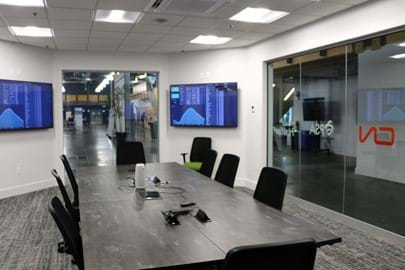
It’s such trust that led to the Halifax Port Authority, CN and the PSA Halifax terminal operator collaboratively working at the PIER in the creation of a joint operations centre.
“Now that we’ve established a shared vision and sufficient trust to reach a data-sharing agreement that addresses information privacy, we can work on how we better integrate, decide how to collectively better plan vessel arrivals, and identify the assets required to increase supply chain efficiencies for all three of these partners,” explains Michael Davie, the Halifax Port Authority’s vice president of Operations.
His comments are echoed by Jonathan Chia, who heads Commercial & Corporate Development at PSA Halifax, and Mohit Bhat, CN’s vice president of Digital Customer Solutions, Cloud Transformation & Innovation.
The PIER serves as project manager in some cases, as when there was an opportunity to match an existing infrastructure need with the opportunity to test emerging technology autonomous vessels with Marine Thinking.
It took the Port of Halifax’s Operations Centre only nine days in that case to set up the regulatory framework to task that fully electric and autonomous vessel with a real-world problem to complete a sonar survey of some of our infrastructure
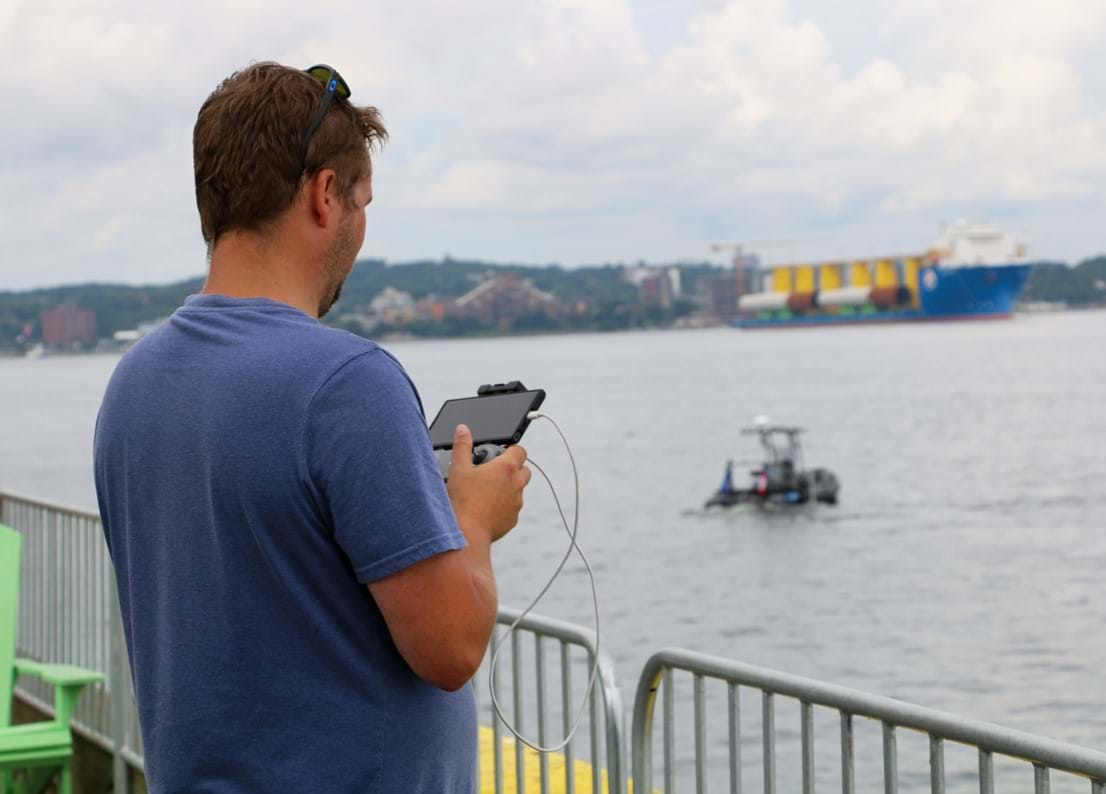
Marine Thinking Demo
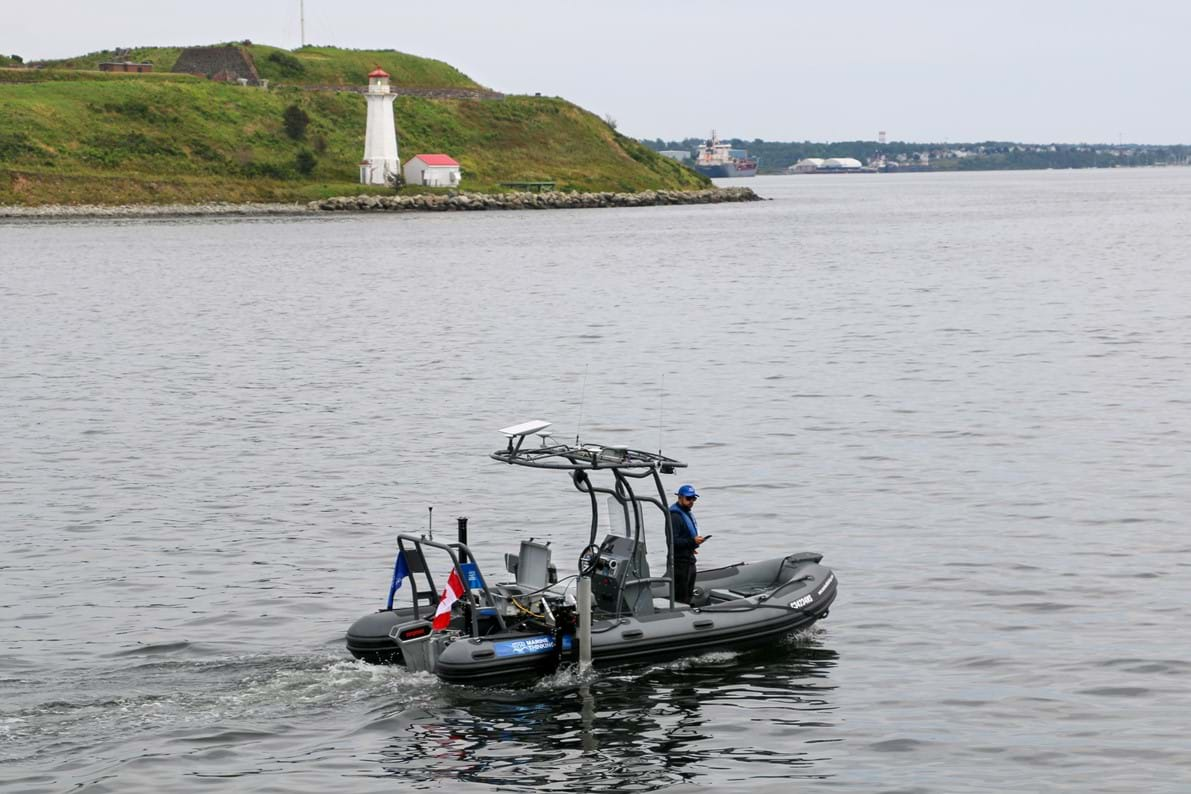
Marine Thinking Demo
Seeking to expand its international reach and connections, the PIER recently announced along with the Port of Hamburg and the Port of Valencia the formation of a global network of innovation centres with the concept now in the design phase. “This will allow us to go out and find those innovators and solutions to further accelerate the deployment and adoption of maritime supply chain improvements globally,” Thomas says.
The PIER will be offering a tour to GreenTech 2024 conference registrants.
Washington Maritime Blue helps enterprises near and far enter the blue economy
The innovations bolstered by Washington Maritime Blue’s resources include CargoCheck, a new logistics platform to help manufacturers and transporters to deliver chemical cargo with greater precision, safety, and efficiency.
Tech founder Kathy Green appreciates how the Maritime Blue Ventures program immediately put her in contact with a whole network of people eager to provide any requested assistance.
If they didn’t personally know how to do something, they knew someone who did
CargoCheck is among 56 start-ups at various stages that Washington Maritime Blue has assisted over the past four years with everything from ideation to commercialization. Two incubators – one in Tacoma and the other in Seattle – and two accelerator programs give start-ups prompt access to a network of experts to help bring their product or service into Washington State’s blue economy.

“The start-ups have ranged from doing everything from carbon capture technologies to digital solutions for terminal operations to sustainable kelp-based snacks,” shares Joshua Berger, Washington Maritime Blue’s president and CEO.
Green had been working for the chemical industry for more than 20 years when a particular incident prompted her to start CargoCheck. An essential worker drove 350 miles (563 kilometres) from the Port of Vancouver, Washington, to Western Idaho only to find out he didn’t have the proper equipment to unload the chemicals. “If he’d done so, it would have been very dangerous,” Green adds.
The incident prompted Green and her team to speak to developers about how they might be able to help avoid costly and possibly dangerous errors. More than 100 people have shared their ideas on what would make their jobs easier and how cloud solutions could improve communications across departments, regulatory administrators, time zones and languages.
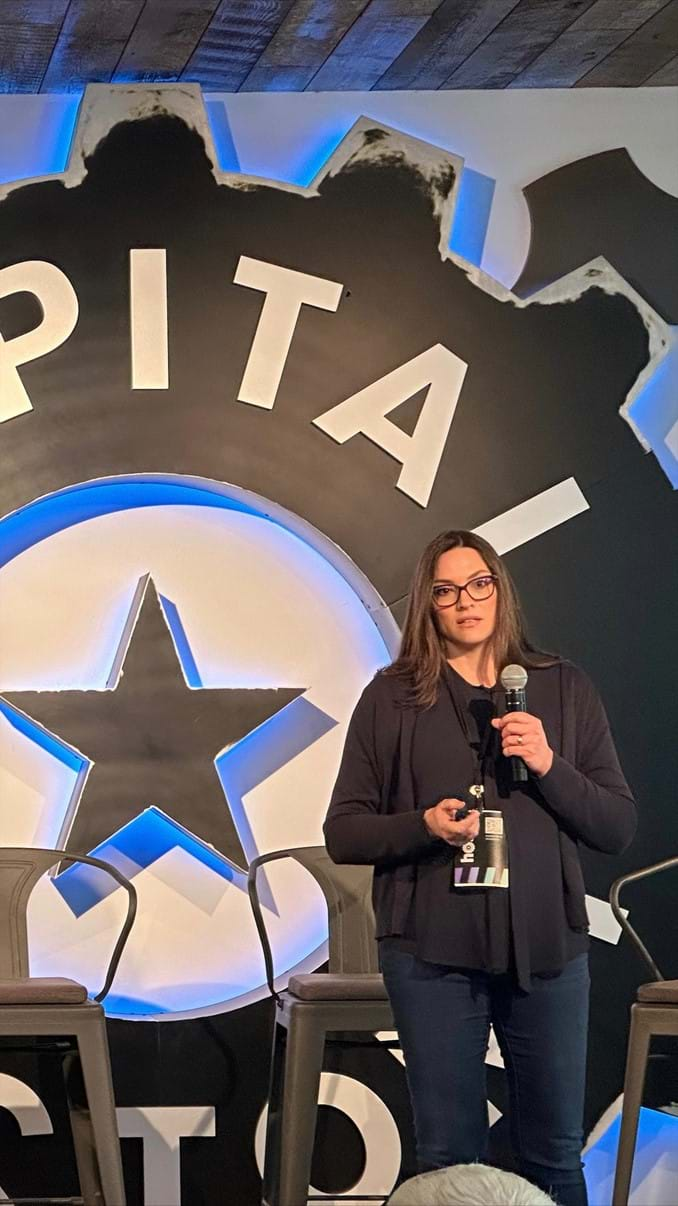
“For starters, each tank has a unique QR code to make certain the right product is loaded and unloaded,” Green explains. “As soon as a truck driver or barge operator scans that code, the chemical content, the regulatory procedures for it, the intended destination, and other essential information comes up on that person’s smartphone or tablet in that person’s language.”
Replacing paperwork with the platform’s step-by-step digitalized format improves efficiency, trackability, and accountability.
The platform facilitates having everyone involved with the chemical shipment informed of each aspect in its safe handling. “We’re making sure that all the people involved – the customer service representatives, account managers, dispatchers, plant managers, and safety managers – are all aware of the same information at the same time,” Green says.
CargoCheck is now being tested with bulk tankers, hopper cars, flatbeds and vans, and containers and isotainers.
“One of the best things that the Washington Maritime Blue Accelerator program did was immediately put me in contact with people who could tell me who the best security person would be for protecting this obviously sensitive information,” Green adds.
It’s really great how everyone rallies together to find you the people you need for the next step of your new business
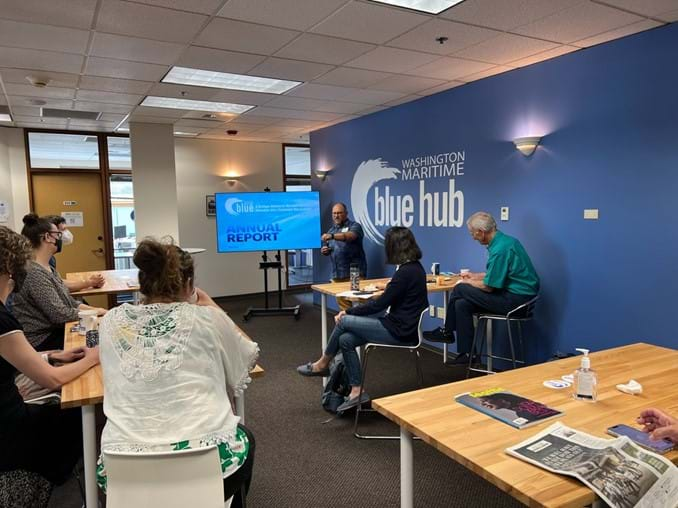
A fifth wave of the Maritime Blue Innovation start-up program will invite potential new candidates before the year’s end.
Those accepted into the program are offered engagement with more than 120 cluster members to assist with pilot projects, research assessments, market analysis, and/or business development.
“Our members are seeking new blue economy solutions, as well as sales opportunities in many cases, so they are eager to help these projects achieve commercialization,” Berger says.
What makes our program different is that we make it easier for start-ups to form these key relationships
Washington Maritime Blue also has accelerator programs for existing companies with high-growth potential, as well as the One Ocean Accelerator program specifically for international ventures seeking to enter the U.S. market.
“The One Ocean Accelerator program relies on our relationships with international development agencies,” Berger notes. “So we partner with folks like Business Finland, Innovation Norway, and the K-Startup Centre in South Korea to build those connections for those companies ready to expand into the U.S. with either strategic partners or as a pilot project.”
Eight companies have participated so far. “Rewake from Finland recently announced its partnership with Argosy Cruises in Washington State to pilot its predicting data management tools for vessels in the U.S.,” Berger adds.
Joint innovation is another major aspect with Washington Maritime Blue helping to lead and/or convene early-stage development projects and strategic market initiatives for first-in-kind demonstrations through a collaborative approach.
One of our big collaborations has been the Quiet Sound project modeled after the ECHO program at the Port of Vancouver in British Columbia
“We’re in our second year of successfully encouraging vessel slowdowns to reduce underwater noise for the endangered Southern resident killer whales in Puget Sound waters through a varied leadership committee involving the industry, federal partners, Indigenous communities, and NGOs.”
The latest joint innovation is specifically focusing on all aspects of the supply chain to support offshore floating wind development along the U.S. West Coast. “We launched the leadership committee earlier this fall and it will head this whole body of R&D work to strategically plan, develop and activate the entire supply chain involved in building, moving, and operating these floating windmills for cleaner power and developing the workforce necessary for all of this,” Berger explains.
